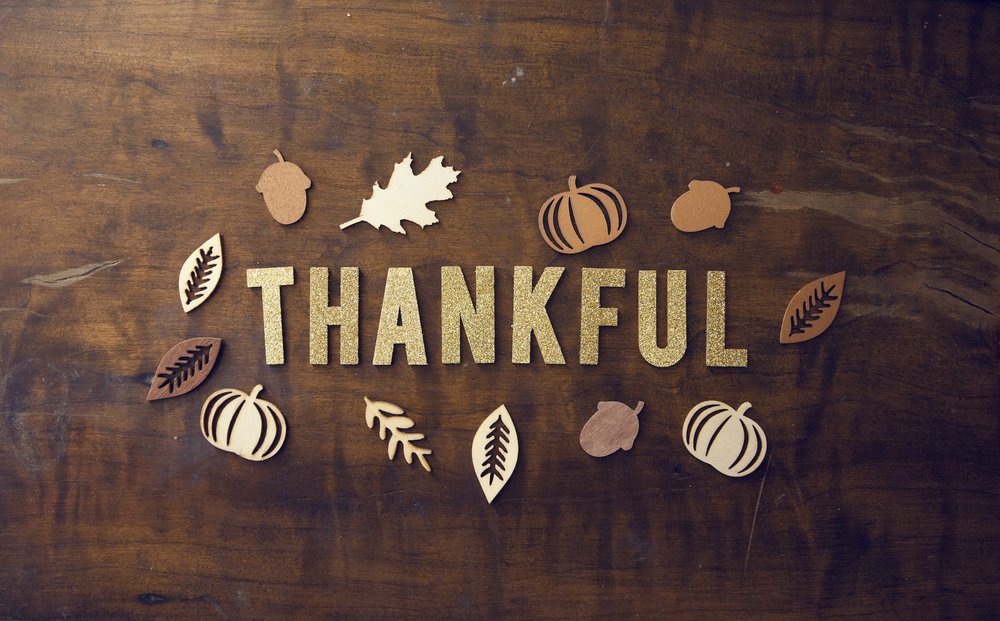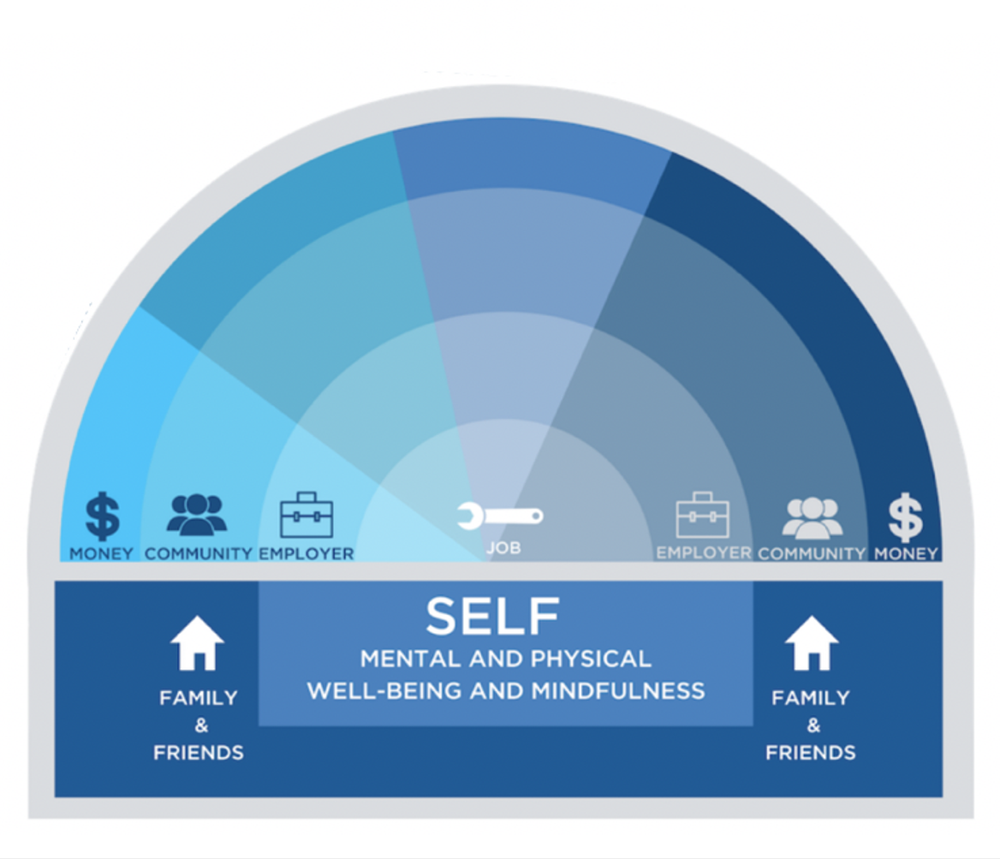
What are you thankful for? Have you caught it all?
What is Gratitude?
Gratitude is a lens for life, a virtue or perspective we can employ to look for positives and the goodness within and outside of ourselves. As such it is a practice we can choose to embed into our lives and improve upon over time. This is important, as gratitude has been proven to strengthen mindset, relationships and wellbeing, reduce anxiety and stress and foster happiness.
Furthermore, gratitude is complementary practice to advance your purpose. When you look for and consider positives and goodness in the world, how well does that align to your purpose (being at your best and making a difference) and your Purpose Game Plan. How well do these positives advance you towards your desired impact – on the Me, We and World dimensions, and support or reflect progress towards your ambitions. Which of your core principles show up, when you identify various positives across your life? To what extent does gratitude as a practice, support your daily focus? Conversely, if you haven’t taken the time to self-reflect and discovery your purpose, practicing gratitude is one way to help you identify things that bring you happiness and fulfillment – two core components of living your purpose.
Why does this matter?
There are a number of proven benefits for practicing gratitude which you can consider against various aspects of wellbeing:
1. Physically: gratitude can help improve sleep, reduce blood pressure, increase immunity and even improve people’s pain tolerance and resilience.
2. Mentally: gratitude can strengthen self-confidence, improve patience, build resilience.
3. Socially: gratitude helps reduce social anxiety, jealously and helps promote forgiveness & vitality. It promotes deeper more meaningful relationships (itself one of two core components of happiness), strengthens social connections and supports relational growth.
4. Emotionally: gratitude improves your mood, reframes negative experiences and helps us manage grief in addition to promoting long-term happiness as much as 10% just from journaling.
5. Professionally: gratitude helps strengthen productivity, retention, relationships and cultivates a sense of fulfillment, care and feeling value.
Note: all references from items 1 – 5 above, taken from research.com which provides the details and source for each, for those of you who would like a deeper dive.
HOW do I practice gratitude?
So, assuming you’re bought in, you might be thinking – how do I practice gratitude?
There’s two complimentary components to this – A) Using the Spheres of Impact™ for Gratitude as a lens you employ to ‘catch the positives’; B) the actual practices of gratitude. Using our Spheres of Impact model below, courtesy of Nell Derick Debevoise (in her book Going First), you can look for the goodness in your life across various aspects of the model:

Fig 1. Spheres of Impact(TM), Nell Derick Debevoise, Going First.
A. Using the Spheres of Impact™ for Gratitude:
- Self – what am I grateful for that supports me being at my best? For example, I am grateful for being physically fit and having time to workout; for being optimistic and possibility driven which helps be persevere towards things I believe in; for being grounded and aware of people’s emotions.
- Friends and Family – what am I grateful for with some of the most meaningful relationships in my life? For example, I have an deep group of friends I have known for over 35 years each; two incredible little boys with so much personality; one exceptionally patient and caring wife, which makes up for my lack of patience (which seems to diminish further from what was never a super high level, with age)!
- Work/Job – what am I grateful for professionally with my day-to-day role? For example, I love what I do, I appreciate the opportunity to employ my strengths every day as a purpose-partner (coach, consultant and facilitator) towards supporting people being the best, most authentic version of themselves. It’s fun, rewarding, and requires optimal focus so I show up as my best for others.
- Workplace/Company – what am I grateful for professionally beyond my day-to-day role? Ultimately, I’m grateful for the impact our clients are able to achieve (and share with us) beyond the individual transformation we support them with. This includes the value of developing new connections, new affinity groups, volunteering and leading non-profit and community efforts, sharing their wisdom and the related trickle down from leaders being more effective.
- Community – what am I grateful for in my community. Note: your community likely changes over time based upon where you live, your stage of life, the activities you may be involved with. For me, my immediate week-to-week community has morphed from my rugby network, to the community where I live, underpinned by families with kids of a similar age to our own. We have a bunch of neighbors we are friendly with and these foundational relationships offer so many possibilities to build experiences and memories together over the years.
- Money – what am I grateful for financially? Well, this one has been super dynamic for me, having spent 15 years in the non-profit space, essentially subsisting for that entire time. I am very grateful for having the day-to-day needs taken care of, including owning a lovely home in a fantastic community. I am grateful for being able to enjoy experiences and build memories with friends and family, by being able to afford visiting new places, seeing and trying new things. I appreciate the opportunity we have to start building up some longer-term security (for our family) and continuing to donate modest but meaningful amounts to causes we care about.
B. Different ways to practice gratitude:
-
- Gratitude journal: daily in the morning and evenings, write down up to three things you are grateful for. It’s a great way to start and finish the day on a positive and helps calm my mind and sleep better, rather than stressing about the day ahead.
- Gratitude walk (insert jog / run for some also, perhaps): sometimes simply just going for a walk or a jog and intentionally taking in the world around you can help you build perspective for things that matter most.
- Gratitude talk: Saying thank-you face to face – providing specific and genuine thanks and appreciation to people who have done something that you value or may have observed as being of value to others.
- Gratitude write: When it’s not possible say it in person, or say it live, and also just because it’s a positive gift for people to receive – writing a letter or worst case, sending an email can do the trick. One of our clients who was looking to embrace more creativity in her life as part of exhibiting her purpose of uniting people towards collective action, decided to hand make holiday cards for her friends and family. You can imagine all the intrinsic smiles this ignited!
- Gratitude meditation: I’m by no means well practiced at meditation compared to many, wowever, gently incorporating gratitude for how your senses process the environment around you, for your relationships, yourself and life itself is a very positive and relaxing thing to do and helps as a mental detox to other stresses in life
- Gratitude stone or trinket: The concept on this one (which to be honest I don’t do) is to find a small stone you like and keep it in your pocket as a reminder to be grateful. Every time you put it in or take it out of your pocket, think about and say / note down the things you have been grateful for.
So, gratitude is a core component or our wellbeing, something we can look for intentionally across the various spheres of our life and something we can practice and improve upon in alignment with being at our best. All this, circles back to better wellbeing. Not a bad word to embrace then, for advancing and sustaining our purpose – to be at our authentic best and make a difference!

